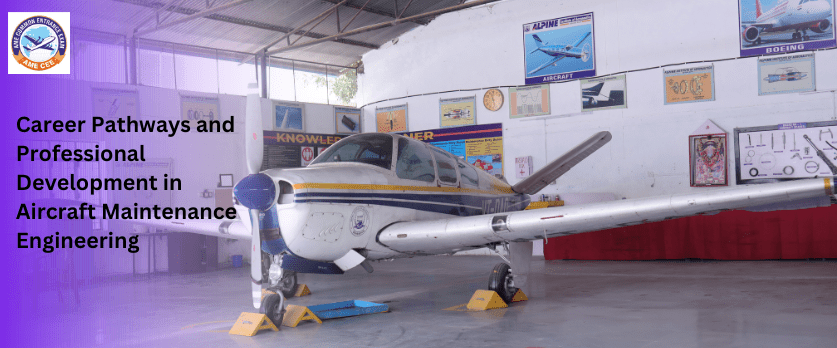Aircraft Maintenance Engineering (AME) is a dynamic field that plays a pivotal role in ensuring the safety and reliability of aircraft. As technology evolves and the aviation industry continues to expand, understanding career pathways and embracing professional development becomes crucial for aspiring and seasoned Aircraft Maintenance Engineers. This article delves into the diverse career avenues within AME and explores the significance of ongoing professional development.
Career Pathways in Aircraft Maintenance Engineering
Airline Maintenance Operations
Detailing the responsibilities and opportunities within the maintenance departments of commercial airlines.
Discussing roles such as Line Maintenance Technician, Base Maintenance Engineer, and Aircraft Maintenance Planner.
MRO (Maintenance, Repair, and Overhaul) Facilities
Exploring careers in third-party maintenance facilities that service a variety of aircraft from different operators.
Highlighting positions like MRO Technician, Inspector, and Quality Assurance Specialist.
Aerospace Manufacturing and Production
Examining roles in the manufacturing sector, including assembly line work, quality control, and production management.
Discussing opportunities to contribute to the development of new aircraft.
Government Regulatory Bodies
Investigating careers with aviation regulatory authorities such as the DGCA or EASA.
Detailing roles related to safety inspections, regulatory compliance, and airworthiness certification.
Aviation Training and Education
Discussing opportunities for AMEs to transition into teaching roles.
Highlighting the importance of experienced professionals in shaping the next generation of aviation maintenance experts.
Specialized Fields (Avionics, Structures, Engines)
Exploring career paths that focus on specific aircraft components or systems.
Discussing roles like Avionics Technician, Structural Engineer, and Engine Specialist.
Professional Development in Aircraft Maintenance Engineering
Continuing Education and Certifications
Emphasizing the importance of staying current with industry advancements through ongoing education.
Discussing relevant certifications and their impact on career progression.
Technology Integration and Training
Addressing the role of emerging technologies in AME and the need for continuous training.
Discussing the benefits of adapting to new tools and methodologies.
Soft Skills and Leadership Training
Recognizing the importance of soft skills in the aviation industry.
Discussing leadership training programs to prepare AMEs for managerial roles.
Networking and Industry Involvement
Highlighting the significance of networking for career growth.
Discussing participation in industry events, conferences, and professional organizations.
Mentorship Programs
Exploring the benefits of mentorship in the AME field.
Discussing how mentorship can positively impact career development and knowledge transfer.
Adapting to Regulatory Changes
Emphasizing the need for AMEs to stay informed about evolving aviation regulations.
Discussing the impact of regulatory changes on professional responsibilities.
Conclusion
A career in Aircraft Maintenance Engineering offers a spectrum of opportunities, and navigating these pathways requires a commitment to continuous learning and professional development. As technology advances and the aviation industry evolves, AMEs must stay agile, embrace new skills, and engage in lifelong learning to ensure their success and contribute to the safety and efficiency of the aviation ecosystem.
To become an aircraft maintenance engineer you may could join AME engineering through AME COMMON ENTRANCE EXAM (AME CEE) this examination you may join AME engineering approved by DGCA, EASA or UGC.


